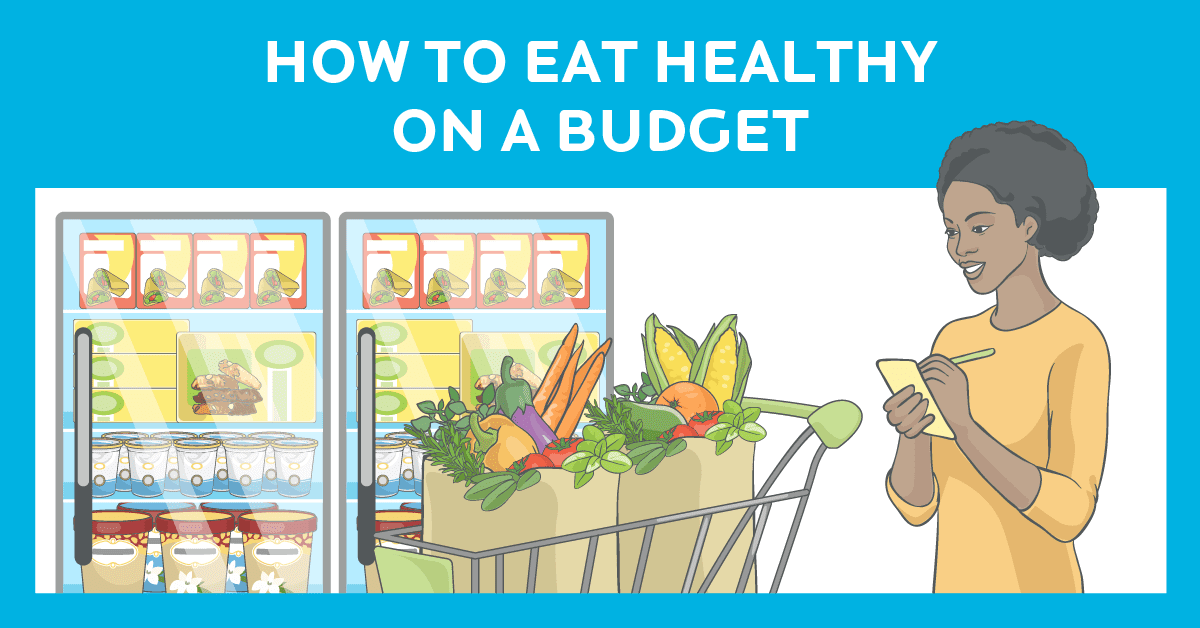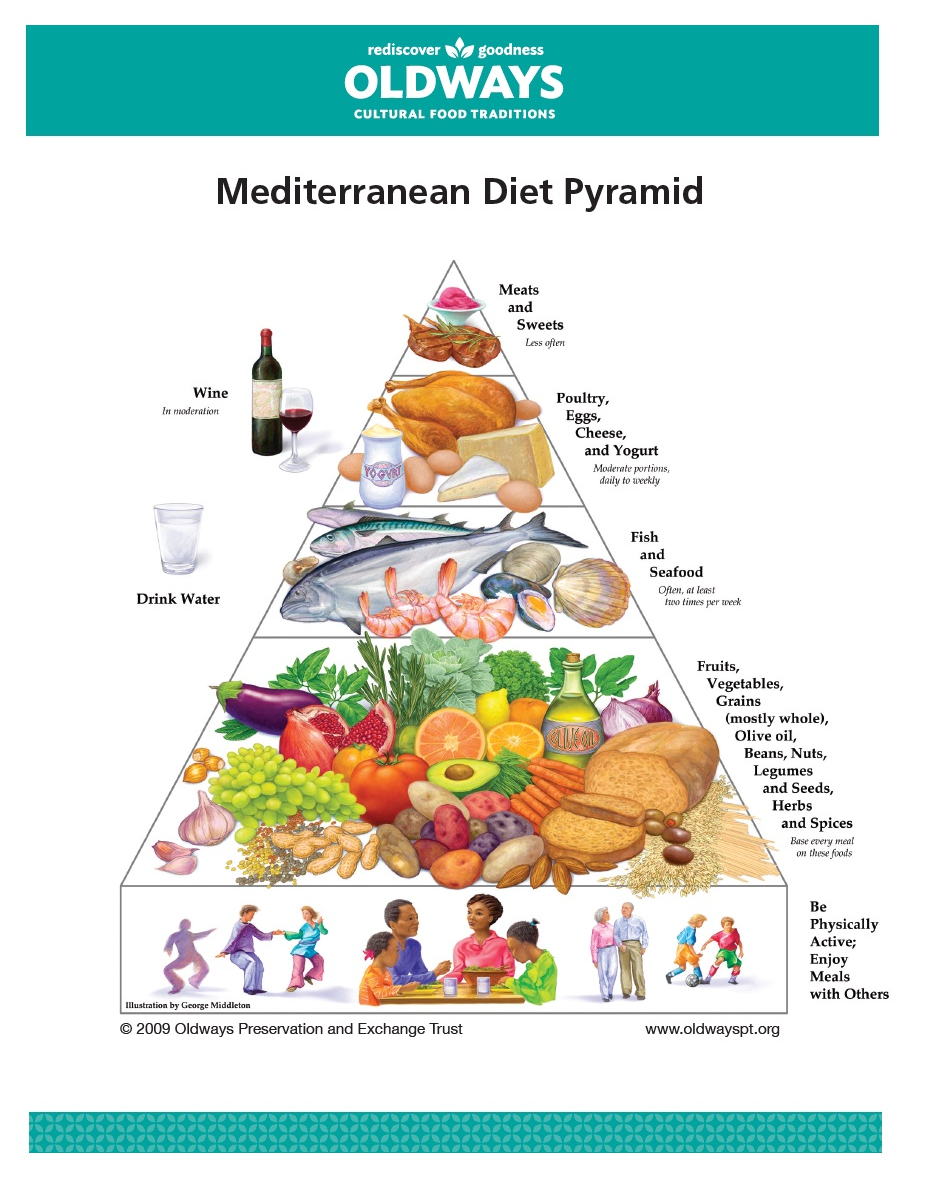
Introduction:
For students navigating the challenges of college life, maintaining a healthy diet on a tight budget can seem daunting. However, with strategic planning and thoughtful choices, it’s possible to prioritize nutrition without breaking the bank. Explore practical tips for embracing healthy eating on a budget for students.
Meal Planning for Cost-Effective Choices:
Effective meal planning is the foundation of healthy eating on a budget. Begin by creating a weekly meal plan that outlines breakfast, lunch, dinner, and snacks. Incorporate cost-effective staples like rice, beans, lentils, and pasta. Plan meals that use similar ingredients to minimize waste and maximize savings.
Buy in Bulk and Opt for Generic Brands:
When shopping, consider buying non-perishable items in bulk. Staples like oats, rice, and legumes are often more affordable when purchased in larger quantities. Additionally, opt for generic or store-brand products, as they are typically less expensive than their branded counterparts without sacrificing quality.
Explore Frozen and Canned Produce:
Fresh produce can be expensive, but frozen and canned options are often more budget-friendly. Explore the frozen aisle for vegetables and fruits, as they retain their nutritional value and have a longer shelf life. Canned goods, such as tomatoes, beans, and corn, are convenient and economical choices.
Master the Art of Batch Cooking:
Batch cooking is a budget-conscious strategy that involves preparing large quantities of meals to be enjoyed throughout the week. Make soups, stews, or casseroles in bulk, then portion and freeze for later use. This approach not only saves money but also minimizes the need for frequent grocery trips.
Embrace Plant-Based Proteins:
Incorporating plant-based proteins into your diet can be more economical than relying solely on animal products. Beans, lentils, tofu, and chickpeas are affordable sources of protein that offer versatility in recipes. Experiment with meatless meals to discover flavorful and budget-friendly options.
Take Advantage of Sales and Discounts:
Stay informed about sales and discounts at local grocery stores. Plan your shopping around these promotions to maximize savings. Consider joining loyalty programs or using student discounts to access additional savings on your purchases.
Minimize Eating Out and Pack Your Meals:
Eating out frequently can quickly drain your budget. Minimize dining expenses by packing your meals and snacks. Invest in reusable containers to transport homemade lunches, reducing reliance on expensive on-campus or take-out options.
DIY Snacks and Beverages:
Instead of purchasing pre-packaged snacks and beverages, consider making your own. Create trail mix with nuts and dried fruits, prepare granola bars, and brew your coffee or tea. DIY snacks are not only cost-effective but also allow you to control the ingredients for a healthier alternative.
Prioritize Essential Nutrients:
When working with a limited budget, prioritize essential nutrients to ensure a balanced diet. Focus on purchasing nutrient-dense foods such as eggs, Greek yogurt, and leafy greens that offer a high nutritional payoff per dollar spent.
Community Resources and Food Assistance Programs:
Explore local community resources and food assistance programs available to students. Some areas offer food banks, pantries, or discount programs specifically designed to support individuals on a tight budget. Take advantage of these resources to supplement your grocery shopping.
In conclusion, healthy eating on a budget for students is not only achievable but also empowering. By implementing these practical tips, students can navigate the financial constraints of college life while prioritizing their nutritional well-being.
For more detailed guidance on healthy eating on a budget for students, you can explore additional resources here.




